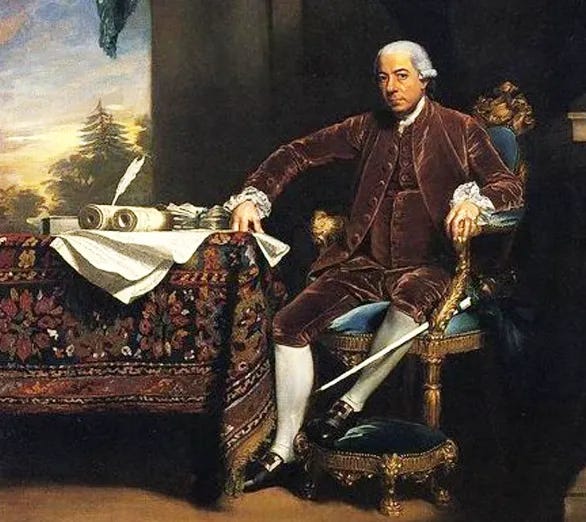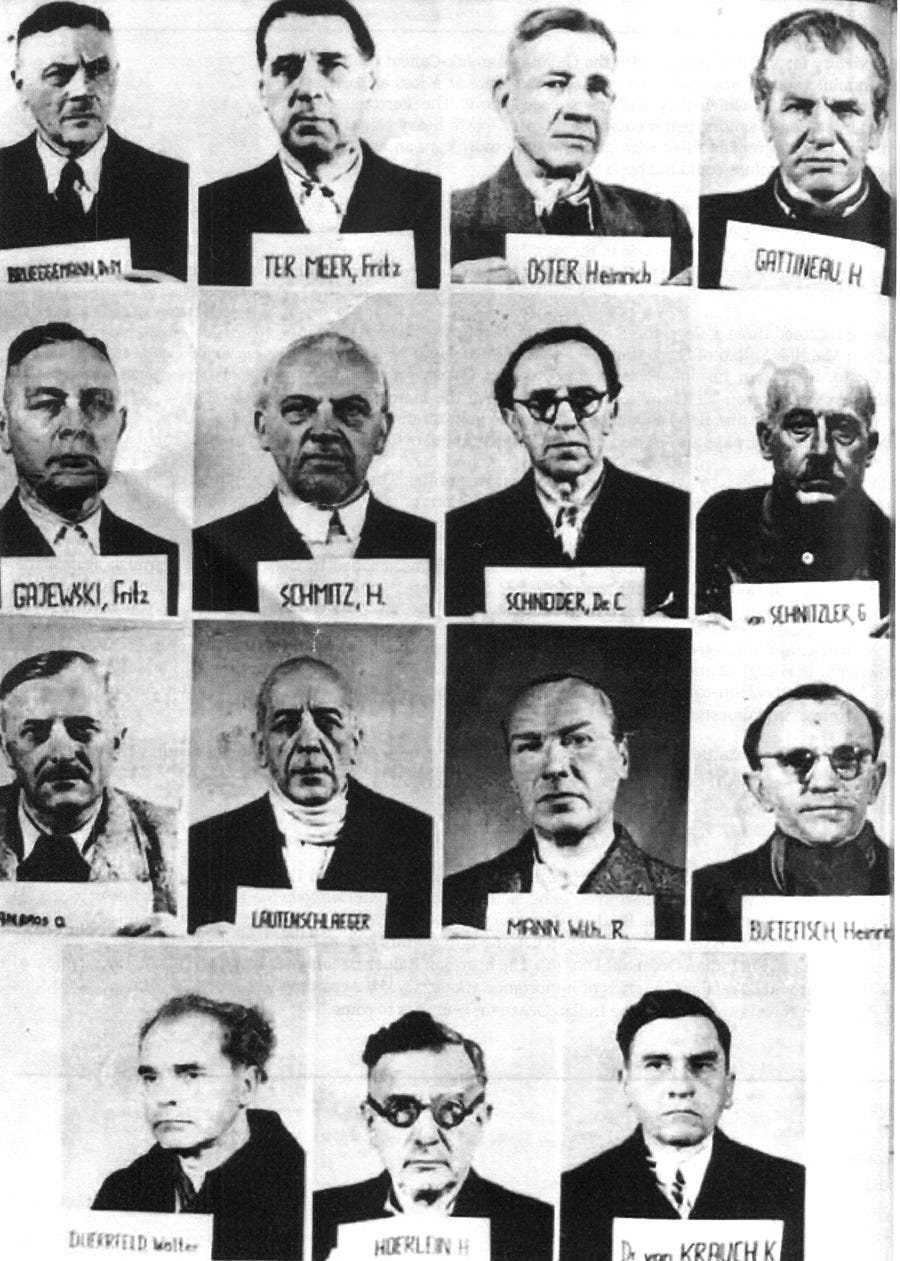
If you had a headache in Egypt four thousand years ago, you couldn’t just stop by the drugstore on your way home from pyramid building and pop a couple of aspirin. However, you could relieve your discomfort somewhat by gnawing on a handful of tree bark, specifically the bark that your doctor peeled off a willow tree.

An Interesting Case in Point …
On October 6, 1780, the president of the American Continental Congress, Henry Laurens, having been captured on the high seas by a British frigate, was put in solitary confinement in London’s infamous Tower. There he would remain for the next 15 months, suffering from attacks of gout, fever and sickness. He remarked in his journal, later to be included in The Papers of Henry Laurens (published by the University of South Carolina) how a London friend brought some tree bark to him to relieve his suffering.

Among the problems with chewing or brewing willow bark, however, were that it wasn’t all that easy to come by, it was not convenient to prepare even when you had some of it and it wasn’t very potent when you chewed it or brewed it. Thanks to Felix Hoffman, a chemist who worked for the newly incorporated Bayer Pharmaceutical Company in Germany, those problems were overcome and the world got its first true “miracle drug.”
At the time Hoffman, who was trying to find a compound that could relieve his father’s rheumatic pain, acetylated some salicylic acid, the known pain-relieving substance isolated from tree bark. This produced acetylsalicylic acid, which Hoffman and Bayer named “Aspirin” —- from the A for acetyl and the spirin from Spirea, the genus name for shrubs that are an alternative source of salicylic acid.
The first recorded use of salicylates dates back over 4,000 years, verified by clay tablets produced by the Sumerians in ancient Mesopotamia. Physicians there recorded the use of salicylates in the treatment of fever, pain and inflammation. Did such treatment actually work? Well, consider that the people applying the treatment took the time and effort to record it on those clay tablets. Would they have gone to such lengths otherwise?

A noteworthy report of the use of salicylic acid comes from no less a source than the Greek, Hippocrates, father of modern medicine, around 400 BC. He recommended chewing on willow-tree bark to patients suffering from fever and pain, as well as the use of a tea brewed from willow bark given to women to lessen pain during childbirth.
Many years ago, my doctor advised taking an aspirin every day as a hedge against heart attack if my system could tolerate it. I listened to him because my dad, his dad, his mother, her brothers and my mother’s dad all died in their fifties either with heart attack or stroke and I didn’t like the odds. Fortunately, tolerating aspirin wasn’t a problem.
Moreover, I learned that aspirin combats inflammation in the body and can inhibit the cold virus from gaining a foothold. After many years of suffering three or four lengthy colds each year, I started having none for periods of up to three years and then was able to shake one off in a couple of days. I’m not purporting to be an advocate, mind you, just giving you my personal experience.
“Recent studies suggest that aspirin may also limit the rate of growth and the occurrence of certain types of cancer, including prostate, colon, pancreatic, and lung cancer.” (Distillations Magazine: Science and History Institute).
Bayer scored early successes in pharmacology with the patenting of phenobarbital, an early treatment for epilepsy, and also heroin, developed by Hoffman and used until 1910 as a cough suppressant and as a less addictive alternative to morphine. In 1939, a Bayer scientist received the Nobel Prize for his discovery of the sulfanilamide Prontosil, the first commercially produced antibacterial drug.
The corporation as an evil entity
The Bayer Company, however, was no saint in throughout the 20th Century, having become part of the huge I.G.Farben conglomerate in Germany. In fact, this company developed the cyanide gas, “Zyklon-B”, in World War 2 specifically for use in murdering prisoners of the Holocaust. Farben also used concentration camp prisoners as slaves in its production facilities with over 80 percent fatality rate.
Additionally, Nazi doctors working for the company at Auschwitz, deliberately infected thousands of people with horrible diseases to test the efficacy of their drugs. The company officers found guilty of these crimes by the Nuremberg trials were sentenced to prison terms. However, some of the higher-ups went right back to work for the corporation, which since World War 2, has become one of the largest in the world today.

Felix Hoffmann retired in 1928 and died a rich man, though a lonely one, in Switzerland in 1946. He was 78.
Hoffmann’s invention is still very much in use. Aspirin has likely saved millions of lives around the world since 1898. In the United States alone, people take at least 15 million aspirin tablets per year. A 2015 survey indicated that as many as one-fourth of heart patients in the United States were taking aspirin to prevent cardiovascular disease.
I’m not one of those but count me in lest things change !
Well, as far as I can tell, there aren’t any recipes that call for aspirin as an ingredient anywhere but the one you’ll find below the paywall line can relieve the pain of having to make supper in a hurry. It only takes a few minutes to make and it’s really delicious. Goes well with rice or noodles or nothing at all.
(You can greatly help this little project to continue by becoming a paid subscriber. Help me to continue to get neglected history from under its editorial rock and into the light of day.)
Keep reading with a 7-day free trial
Subscribe to Eat Your History to keep reading this post and get 7 days of free access to the full post archives.






